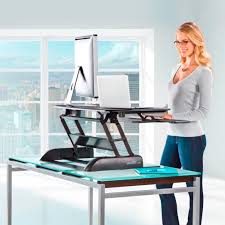Sitting Statistics
On average people working in sedentary jobs such as office workers, receptionists and people who drive for a living, spend 6.3 hours or 79% of every workday sitting*. When you add time spent outside of work sitting (driving, eating, watching TV, personal internet use), this is a significant amount of time being sedentary. Studies have shown that 30 minutes of daily exercise is not enough to counteract the effects of such prolonged sitting^.
Effects of Prolonged Sitting~
The number of effects prolonged sitting has on the body is extensive and quite scary!
- Organ Damage
- Increased risk of Heart disease
- Increased risk of Diabetes
- Increase risk of colon cancer
- Foggy Brain
- less blood and oxygen flow to brain
- Digestion
- slowed digestion leading to constipation, IBS and inflammatory gut conditions
- Musculoskeletal system
- Lower back pain – Increased risk lumbar disc injuries
- Neck and shoulder pain/tension
- Headaches
- Weak, floppy muscles
- Leg disorders
- Varicose veins
- Weak bones
What is a stand up desk?
A stand up desk is an adjustable platform that sits on top of your workstation that can be moved up and down. This allows you to then work in both a sitting and standing position. There are various models available, some require manual adjustment, others are electric powered.
Benefits of a stand-up desk
- Increased motivation, morale and positivity around the office
- Increased energy and alertness, especially towards end of day
- Reduced lower back and neck pain
- Increased productivity
- Improved metabolism and digestion
Everything in moderation!
It is advised that transitioning to a stand up desk that you start with only an hour per day and build this up over a few weeks to 4 hours a day. Standing all day straight away is not recommended! Firstly your feet and knees are likely to hurt, but you also need to build up strength in your spine and postural muscles.
Other tips to get moving at work
- Wear flat shoes
- Take the stairs
- Set a timer to remind you to get up and move/stretch
- Park further away from work or the train station
- Organise stand up meetings or have meetings while going for a walk
- Stand while talking on the phone or eating
Check out some stand up desks here Varidesk or chat to your OH&S Manager at your workplace for more information.
~Sal
References
*Heart Foundation “The Stand@Work Study”
^British Journal Sports Medicine 2009; 43:81-83
~fitness.mercola.com

